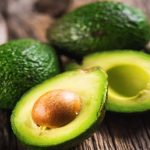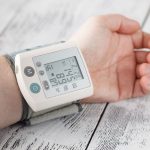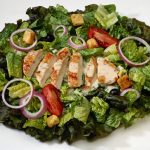
Most pregnant women are told it’s safe to have one cup of coffee a day because it won’t trigger miscarriages or preterm deliveries, but new research suggests a surprising risk: Moms-to-be who consume caffeine, even in small amounts, may have shorter kids. “The main takeaway is that even low exposure to caffeine during pregnancy was associated with shorter height in childhood,” said study lead author Jessica Gleason, a research fellow at the U.S. National Institute of Child Health and Human Development. The American College of Obstetricians and Gynecologists (ACOG) recommends that pregnant women limit their caffeine consumption to less than 200 milligrams (mg) per day. That is the equivalent of about two 6-ounce cups of coffee. Exactly how, or even if, caffeine affects stature isn’t fully understood yet, but the researchers have some theories. “Maternal caffeine metabolism slows down during pregnancy, caffeine and its metabolites … cross the placenta, and the fetus cannot metabolize or break down caffeine or its metabolites,” Gleason explained. “As pregnancy progresses, this means that the fetus can be exposed to accumulating caffeine.” In animal studies, this led to a change in normal growth patterns. What’s more, too much caffeine can also lead to increased insulin sensitivity in the fetus, which can potentially have lasting consequences for normal growth, Gleason added. It’s not just coffee either, she said. “Our study accounts… read on > read on >



























-300x200.jpg)










